DROPS Flora
Everyday comfort in alpaca and wool
from:
2.80€
per 50 g
Content: 65% Wool, 35% Alpaca
Yarn Group:
A (23 - 26 stitches)
/ 4 ply / fingering
Weight/length: 50 g = approx 210 m
Recommended needle size: 3 mm
Knitting tension: 10 x 10 cm = 24 sts x 32 rows
Care: Hand Wash, max 30°C / Dry Flat / Feltable
Superwash: no
Made in: Peru
Raw material origin: Wool from South America
This yarn has an Oeko-Tex® certification (certificate number 23.HPE.36896), Standard 100, Class II from the Hohenstein Institute. This means that is has been tested for harmful substances and is considered safe in human-ecological terms. Class II means the yarn is suitable to come in direct contact with the skin to a large extent, such as blouses, shirts, mattresses, etc.
Made from 65% wool and 35% superfine alpaca, DROPS Flora is a thinner version of the popular DROPS Lima - the perfect everyday, comfort yarn.
Warm, comfortable and with good shape stability DROPS Flora gives lovely results with texture and cables and well as in multi-coloured designs (the colour pairings are fantastic), like Nordic patterns, blankets and more.
Read more about our products' sustainability here
Please be aware that the colours shown may vary from screen to screen in the same way that shades may vary slightly from dye lot to dye lot.
How do I care for this yarn?

Hand Wash, max 30°C / Dry Flat
First of all, consider just airing the garment, instead of washing it. If you still desire to wash it, here are some guidelines:
- Hand wash at 30ºC - separately - with wool detergent without enzymes or optical brighteners.
- Don’t let the garment soak. Move the garment gently back and forth, do not rub or squeeze it.
- Rinse the garment until the rinse water is completely clear, making sure the water temperature stays uniform.
- Do a light centrifugation of the garment (about 800rpm), choosing a program that DOES NOT take in water at the start. Or press carefully the water out of the garment with a dry towel. The garment shouldn’t be twisted or rolled.
- To dry the garment, shape it and lay it flat - do not hang - ideally on a warm bathroom floor or on top of a drying rack in a room with good air circulation. Never dry the garment in direct sunlight.
- Don’t tumble dry.
- Never iron the garment directly. Use always a damp cloth between your steaming iron or regular iron and the garment.
Note: If you are washing a project made with this yarn combined with another, the general guideline is to follow the washing instructions for the most delicate of the yarns you are working with.
Thinking about felting this yarn?
See how this yarn looks before and after felting:
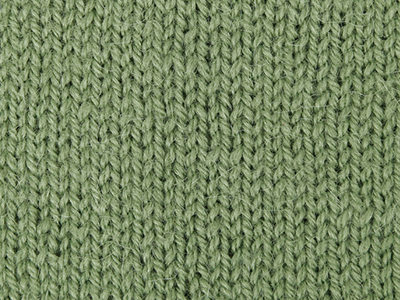
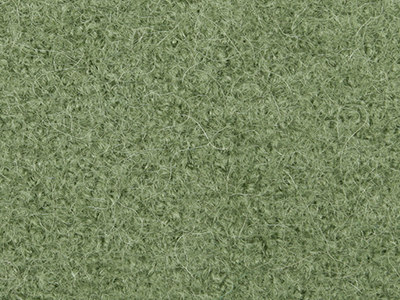
Needles: 3.00 mm
Before: 24 sts x 32 rows
After: 26 sts x 42 rows
Do you have a question about this yarn?
See a list of frequently asked questions (FAQ) about our yarns.
1) What type of fibers make the DROPS yarns?
Yarn can be made from a large number of natural and synthetic fibers. DROPS carries mainly yarns made from wool, cotton, alpaca, linen, mohair and silk. Each fiber type has its own qualities, and they are often mixed to take advantage of the best properties of each one. Coarse yarn has the advantage of being stronger and more durable, and finer fibers offer more softness and comfort. Here a bit about the main fibers we carry:
Alpaca:
Alpaca fleece is the natural fiber harvested from an alpaca, and it is similar in structure to sheep wool fiber. Its softness comes from the small diameter of the fiber, similar to merino wool. It is a soft, durable, luxurious and silky natural fiber. Yarn made from alpaca fibers does not felt or pill easily, and it can be light or heavy in weight, depending on how it is spun. While similar to sheep’s wool, it is warmer, not prickly, and has no lanolin, which makes it hypoallergenic. Alpacas come in 22 natural colors, with more than 300 shades from a true-blue black through browns-black, browns, white, silver and rose-greys.
Mohair:
This fiber comes from the Angora goats, and it's considered a luxury fiber. Mohair yarn is warm as wool, but much lighter in weight; it is durable, dyes well and does not felt easily. Mohair fibers have also a distinctive luster created by the way they reflect light. Despite being a hard fiber, mohair is usually spun into a very fluffy yarn, resulting in airy and lustrous garments.
Wool:
The wool fibers come from the skin of sheep and are relatively coarse fibers. Two striking characteristics of wool are its susceptibility to heat and its felting property, which is caused by the scales on the surface. Depending upon the breed of sheep, the appearance of the wool varies.
Wool from Merino sheep is considered the finest type of wool, having as characteristics that is finely crimped and soft. All the Merino wool in the DROPS yarns has its origins in South America, coming from sheep that have not been subject to Mulesing.
Pure new wool is wool made directly from animal fleece, and not recycled from existing wool garments.
Machine washable wool is wool treated chemically to minimize the outer fuzzy layer of the fibers, and be therefore fitable for machine wash (see Superwash).
Silk:
The silk fiber is a fine continuous fiber produced from the cocoon of a moth caterpillar known as the silkworm. While silkworm is cultivated, the wild or tussah silk is obtained from uncultivated silkworm cocoons. Silk fiber is one of the strongest natural fibers and makes a wonderful knitting yarn. It blends really well with other fibers, especially wool. Silk also dyes beautifully with natural dyes.
Vegetable fibers:
There are several varieties of vegetable fibers, found in the cell walls of plants or vegetables. Of all the varieties, two are recognized as major knitted or textile fibers. They are cotton and linen.
Cotton is the fiber surrounding the seeds in a cotton pod, and it is almost pure cellulose. Cotton is usually white in color but there are green and brown varieties as well. The cotton fiber is most often spun into yarn or thread and used to make a soft, breathable textile that is good for summer clothing and accessories, making a weaker yarn than silk or linen but stronger than wool.
Mercerized cotton is cotton that has been through a mercerization treatment. This treatment gives cotton fabrics and threads a lustrous yarn that is more lustrous than conventional cotton. It is also stronger, takes dye a little more readily, makes the yarn more resistant to mildew and reduces lint. It also may not shrink or lose its shape as much as "regular" cotton.
Linen is a fiber derived from the stalk of the flax plant that is durable and stronger than any other fiber. The linen fiber is relatively soft, straight and lustrous and becomes more beautiful with age. Linen is more comfortable to wear in hot temperatures than cotton, due to the fact that it absorbs moisture better and dries more quickly.
Other materials used in our yarns include synthetic fibers such as acrylic, viscose, polyamide (nylon) and polyester. These fibers are used mostly to give strength to a yarn (like our sock yarn, DROPS Fabel) or a special kind of structure (like our blown yarn, DROPS Air).
The polyamide fibre, commonly known as nylon, is very strong, durable, lightweight, easy to care for (can be machine washed and dried), and elastic, which makes it perfect for blending with other fibres to produce hard-wearing yarns like sock yarn.
Compared to polyester, polyamide is softer and more flexible, but it also absorbs more water and dries slower.
3) What type of information can I find on the DROPS yarn labels?
All DROPS yarn labels include information about fiber content (wool, cotton, etc.), weight in grams and ounces, length in meters and yards, washing instructions and symbols (explained here), color number, dye lot number and yarn group information.
4) What are the DROPS yarn groups?
All DROPS yarns are classified into 6 different thickness groups (A to F). Yarns in a same group have similar knitting tension/gauge, and can therefore be interchanged in patterns; however the length may be different, so when substituting always calculate the amount of meters/yards needed for the pattern to know the amount of yarn you need to get.
5) Can I use a different yarn than the one mentioned in the pattern?
Yes, as long as the yarn can be worked in the same knitting tension/gauge. Always swatch to make sure you get the same number of stitches in width and rows in height as given in the pattern.
Remember that different yarns with different textures, will give the garment different looks. The yardage/length may also be different, so when substituting always calculate the number of yards needed, in order to know the amount of yarn you need.
Read more about how to calculate the amount of an alternative yarn - and how to replace 1 thread of a yarn with 2 or more of another, here.
6) What does it mean when a yarn is “Superwash”?
A superwash wool is a special wool product that has been treated or processed in a way that allows it to be machine washable. Many people are afraid to work with wool because it is so easy to shrink (though some shrink wool on purpose) and superwash wool can allow them to work with great fibers without worry. (Read more here).
7) What does “Oeko-Tex® certified” means?
The Oeko-Tex® Standard 100 was introduced at the beginning of the 1990s as a response to the needs of the general public for textiles which posed no risk to health. The Oeko-Tex® Standard 100 is a globally uniform testing and certification system for textile raw materials, intermediate and end products at all stages of production. The test for harmful substances comprise substances which are prohibited or regulated by law, chemicals which are known to be harmful to health, and parameters which are included as a precautionary measure to safeguard health.
For more info go to www.oeko-tex.com
10) How accurate are the colours on the shade cards online?
When obtaining images for the shade card, we do our best to achieve the highest level of color accuracy. Unfortunately, we cannot guarantee how images will appear on your computer screen. Every monitor displays color differently, some colors might look darker than they really are, and some colors might be more saturated on some screens. If you experience that many of the yarn colors looks different on your screen than the actual color of the skeins, you can adjust the setting on your monitor.
11) What is a micron? What does super fine / extra fine mean?
The fineness of yarn fibers is measured in microns (thousands of millimeters). Super fine alpaca wool is 26-28 microns. Fine merino wool is less than 21.5 microns and extra fine merino is under 19.5 microns. The less microns the softer and more delicate a quality can be, the more microns the more hard wear the quality will be.
The reason why the microns in a yarn’s fibers are important is that the yarn will eventually become something else, and how delicate or coarse a yarn is will determine in part what we use it for. That’s why we recommend the softest yarns (like DROPS Baby Merino) for baby clothing, or why we choose to use a more hard wear yarn like DROPS Snow, for a seating pad or slipper.
12) Why are the colours in my skeins of print yarn different?
The reason why two skeins of a same print yarn look different can be 1) that both skeins are part of different dye lots; 2) that the skeins have been dyed using a technique called "magic print" (the one used for example in DROPS Delight), which provides unique patterns and smooth colour transitions to each skein, meaning also that within one dye lot, lighter or darker varieties might appear. This is no fault or defect, but part of the yarn's character.
13) My store doesn’t have the colour I want, what can I do?
If your DROPS store doesn’t have the yarn colour you want, try contacting a DROPS Super Store (the ones with the golden badges) - they will make sure to get a hold of the colour even if they don’t have it in stock themselves. See a list of all DROPS stores here.
14) Where can I find a specific dye lot of a colour?
Always try contacting your DROPS store first. If they do not have the dye lot you want we recommend you to ask other knitters and crocheters in the DROPS Workshop in Facebook or Ravelry, which may have the dye lot in their stash and might be willing to part from it.
Yarn sheds because there's not enough twist to hold all of the fibers together. All yarns have excess fibers (from production) that might come off as lint or shedding, in varied degrees that depend on how the yarn is spun. Brushed yarns ("hairier" yarns) like DROPS Melody, have more of these loose fibers than other yarns, and therefore shed more. Shedding also depends on what is worn under or over the garment, and whether this pulls at the yarn fibers. It’s therefore not possible to guarantee that there will be no shedding.
Below are some tips on how to get the best result when working with hairier yarns:
- When the garment is finished (before you wash it) shake it vigorously so the looser hairs come off. NOTE: do NOT use a lint roller, brush or any method that pulls at the yarn.
- Place the garment in a plastic bag and put it in your freezer - the temperature will cause the fibers to become less attached to each other, and excess fibers will come off easier. Leave in the freezer for a few hours before taking it out and shaking it again.
- Wash the garment according to the instructions on the yarn label. Garments worked with hairier yarns usually need to be shaken once dry after washing, so that the hairs rise and any excess fibers can come off.
Pilling is a natural process that happens to even the most exclusive of fibers. It's a natural sign of wear and tear that is hard to avoid, and that is most visible in high friction areas of your garment like a sweater's arms and cuffs.
You can make your garment look as new by removing the pilling, using a fabric comb or a pill/lint remover.
How can I replace this yarn?
If you are looking to replace this yarn with another DROPS yarn, you can use another yarn within the same yarn group, or try our yarn converter!
Other yarns in Yarn Group A
Read more about replacing yarn.Have a problem with the DROPS yarn you purchased?
When you purchase yarn from the shade cards or patterns on our site, you are not buying directly from DROPS but from one of the hundreds of DROPS stores around the world. It is therefore important that you take contact with the DROPS store where you bought the yarn, and that you save the labels of all the skeins you purchased (they are your warranty).
The DROPS store you contact will assist you and escalate the claim if necessary. Find a list of DROPS stores here.
Comments / Questions (170)
![]() Ana wrote:
Ana wrote:
Hola! Estoy interesada en comprar aprovechando el 25% de descuento, pero no me decido por cuál coger. Veo que éste hilo es para un tamaño de aguja de 3mm, que imagino que se refiere a las dos agujas, y para ganchillo?? Muchas gracias. Ana.
13.09.2016 - 16:53DROPS Design answered:
Hola Anna. Siempre recomendamos usar un ganchillo de medio número menos o un número menos que las ag, es decir, en este caso, un ganchillo de grosor 2.5 mm.
17.09.2016 kl. 20:08Sally Juras wrote:
When is Flora available in England please?
13.09.2016 - 16:40DROPS Design answered:
Dear Mrs Juras, Some colours DROPS Flora are already available in our DROPS Superstore - remaining colours should be soon available. Happy knitting!
14.09.2016 kl. 09:54
![]() Gabi wrote:
Gabi wrote:
Liebes Drops Team, wann bitte, gibt es alle Farben von Flora bei den Händlern zu kaufen.
12.09.2016 - 10:49DROPS Design answered:
Liebe Gabi, da müssen Sie sich bei Ihrem DROPS Laden erkundigen, sie beanworten Sie sicher auch per Mail or Telefonisch - siehe Liste.
13.09.2016 kl. 10:38
![]() Doris Wiese wrote:
Doris Wiese wrote:
Warum wird bei der Materialangabe von „Wolle” gesprochen und nicht von „Schurwolle” (pure new wool)? Wolle kann doch auch Reißwolle, also schon mal verarbeitete Wolle sein oder vom toten Tier stammen. Schurwolle hingegen ist vom lebenden Tier geschorene Wolle. Für mich ist das ein Qualitätsmerkmal und ich würde es gerne auch auf der Banderole lesen. Wieso wird nicht die Bezeichnung „Schurwolle” verwendet?
09.09.2016 - 01:08DROPS Design answered:
Liebe Frau Wiese, die Beschreibung entspricht geltenden Europäischen Bestimmungen, hier finden sie weitere Auskünfte über unsere Garne.
09.09.2016 kl. 10:11
![]() Doris Wiese wrote:
Doris Wiese wrote:
Endlich! Das habe ich mir schon lange gewünscht: Ein Garn mit der gleichen Zusammensetzung wie LIMA und auch NEPAL. Mit beiden habe ich gute Erfahrungen gemacht. Sie ergeben ein schönes gleichmäßiges Maschenbild und peelen nicht. Wie schön, dass es nun auch ein feineres Garn für leichtere und dünnere Kleidungsstücke gibt!
09.09.2016 - 00:43
![]() Yeo wrote:
Yeo wrote:
Wanneer is deze wol in Nederland te koop en is de korting dan ook nog geldig?
08.09.2016 - 12:35DROPS Design answered:
Hoi Yeo. Deze wol is in Nederland te koop. Klik op Bestel. Hij is o.a. verkrijgbaar bij Hobbydoos.nl, maar ook binnenkort Wolplein, Bloemendaal wol, Breipunt en meer.
09.09.2016 kl. 12:48
![]() Vera wrote:
Vera wrote:
Are there more colours i.e. more masculine ones to come?
06.09.2016 - 10:15DROPS Design answered:
Hi Vera. Maybe later in the future. This yarn is still real new and we need to see how it all works out :)
06.09.2016 kl. 13:26
![]() Bitten wrote:
Bitten wrote:
Svarer garnet, lagt dobbelt, til den her hæklefasthed ? Rib på nål 5: 20 m x 10 rk = 10 x 10 cm Struktur (stangmasker) på nål 5,5: 16 m x 9 rk = 10 x 10 cm
05.09.2016 - 17:46DROPS Design answered:
Hej Bitten. To traade A er ca tilsvarende 1 traad C = ca. 17 x 22. Men pröv at lave en pröve og se hvordan det gaar - og juster pind om nödvendigt.
06.09.2016 kl. 13:29
![]() Petra wrote:
Petra wrote:
Hallo, ist das Garn für eine Strickmaschine geeignet?
05.09.2016 - 13:43DROPS Design answered:
Liebe Petra, Flora kann mit einer Strickmaschine gestrickt werden, weitere Auskünfte können Sie in der Anleitung Ihrer Strickmaschine bekommen, gerne können Sie auch Ihren Laden fragen.
06.09.2016 kl. 08:57
![]() Heidi DeWalt wrote:
Heidi DeWalt wrote:
This looks like a nice new yarn. I hope you will expand the color range as time goes on!
03.09.2016 - 22:33
![]() Kharmeana wrote:
Kharmeana wrote:
Hoe zacht is dit garen voor de gevoelige huid? Fijne dag!
03.09.2016 - 17:02DROPS Design answered:
Hoi Kharmeana. Het hangt er vanaf hoe gevoelig uw huid is. Het is namelijk heel verschillend. Kunt u slecht tegen wol, dan zou ik niet deze wol gebruiken, maar liever katoen of baby merino. Het beste is om naar een winkel te gaan en te voelen.
05.09.2016 kl. 12:17
![]() Nuria wrote:
Nuria wrote:
Hola, esta lana pica?
02.09.2016 - 22:23DROPS Design answered:
Hola Nuria. la sensibilidad a la calidad de la lana es una cuestión personal. A algunos puede picarles y a otros no. Te recomendamos que pruebes si te pica o no antes de comenzar la labor.
17.09.2016 kl. 19:53
![]() Tineke wrote:
Tineke wrote:
Hallo, ik zie verschil in uw advertentie . Nl 65% wol en 35 alpaca. En 65% alpaca en 35% wol. Is het percentage meer wol of alpaca?
30.08.2016 - 14:23
![]() Anja wrote:
Anja wrote:
Was ich mich immer frage: wenn "Wolle" dasteht, was für ein Tier steckt dann dahinter? Merino wohl nicht, aber was für Schafrassen sind das dann? Ach ja, und es gibt endlich mal ein schönes GRÜN!!!!
28.08.2016 - 18:48DROPS Design answered:
Liebe Anja, es handelt sich hier um "Highland wool".
31.08.2016 kl. 16:39
![]() Audrey Lack-McDevitt wrote:
Audrey Lack-McDevitt wrote:
What type of wool is in this e.g. merino or lambs wool or something else? Thank you, Audrey
25.08.2016 - 00:46DROPS Design answered:
Hi Audrey. It's lambswool with alpaca.
25.08.2016 kl. 12:04
![]() Richard AUDOUY wrote:
Richard AUDOUY wrote:
Quel bonheur de trouver de la laine fine ! Y'aura t'il plusieurs coloris supplémentaires ? Car le choix est léger là :( Merci ! ♥
23.08.2016 - 07:59DROPS Design answered:
Bonjour Mr Audouy, c'est la palette de départ, elle s'élargira vraisemblablement progressivement. Bon tricot!
23.08.2016 kl. 08:51
![]() Anneke Hutjes wrote:
Anneke Hutjes wrote:
Hier word ik heel blij van,een mooi dun garen. Ik brei het liefst niet dikker dan naalden 3, hooguit 3.25.
22.08.2016 - 23:28
![]() Loredana wrote:
Loredana wrote:
Buongiorno! Volendo lavorare il filato doppio che ferri utilizzare? Grazie Loredana
20.08.2016 - 11:43DROPS Design answered:
Buonasera Loredana. Il filato Flora appartiene al gruppo A. Lavorandolo doppio corrisponde ad un filato del gruppo C per il quale vengono suggeriti i ferri n.5. Verifichi però sempre di usare la misura di ferri che le consentono di ottenere il campione indicato nel modello che vuole realizzare. Buon lavoro!
20.08.2016 kl. 19:05
![]() Bertha wrote:
Bertha wrote:
Jeg lurer på om den røde fargen er varm eller kald farge?
20.08.2016 - 10:18DROPS Design answered:
Hej Bertha. Umiddelbart ville jeg sige det er en kold röd, men det bliver nemmere at se naar garnet kommer i butikken om ikke saa laenge :)
23.08.2016 kl. 14:16






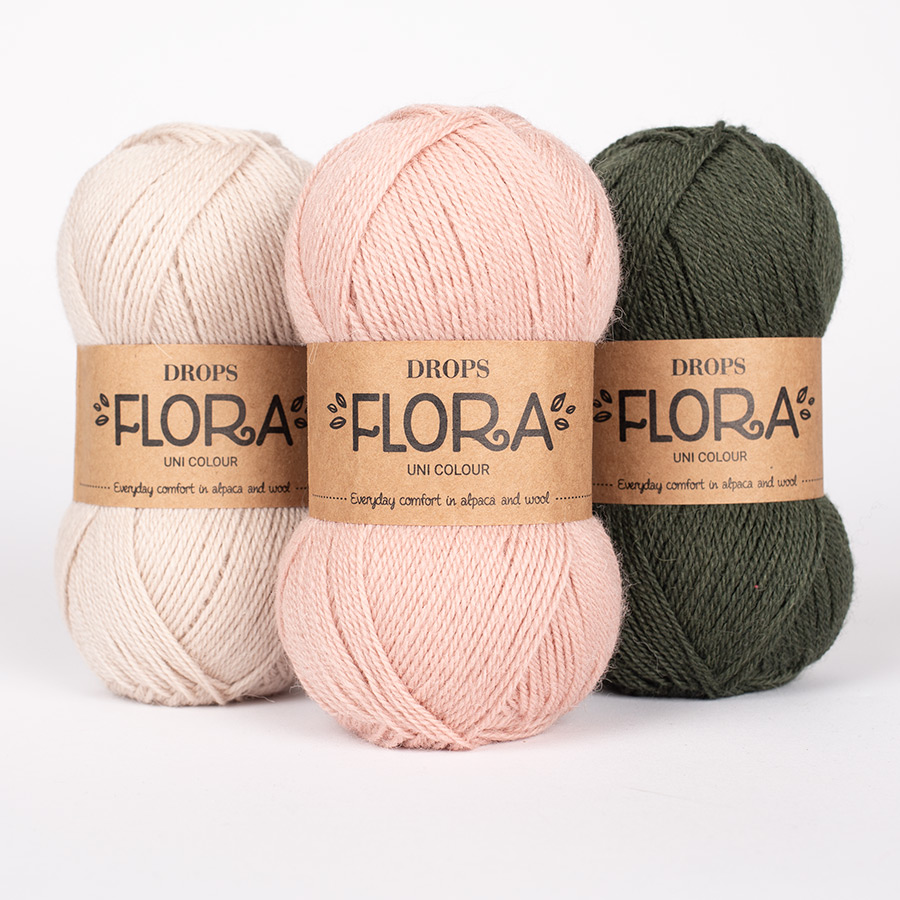

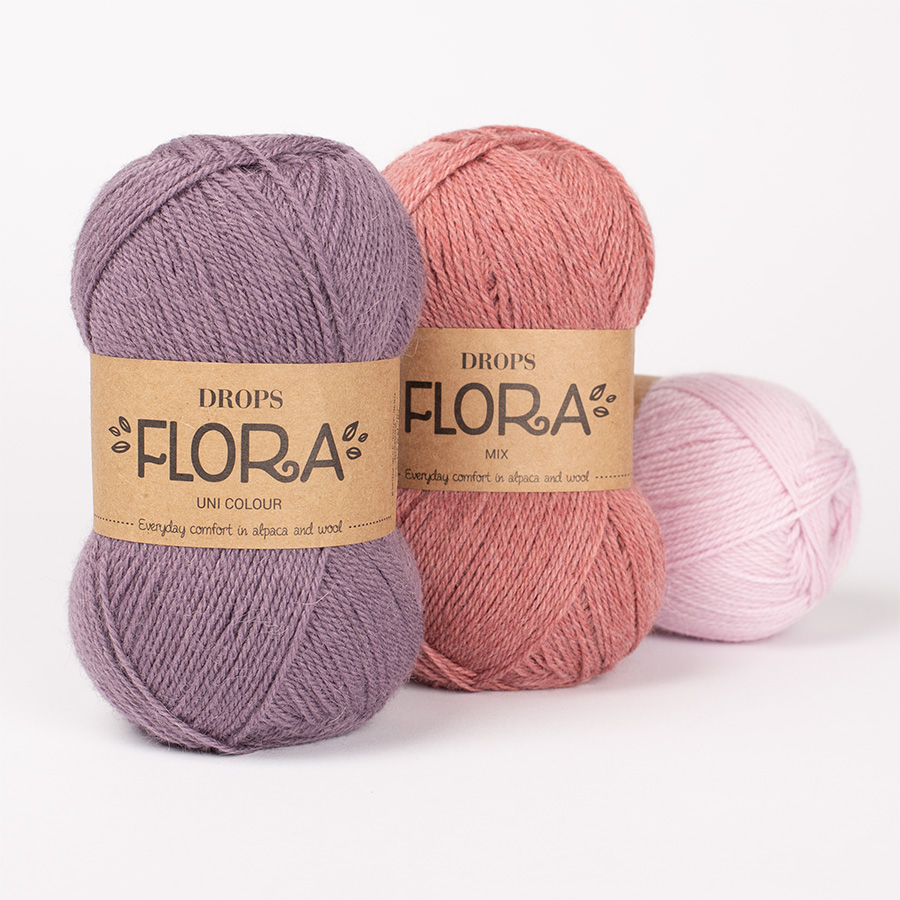
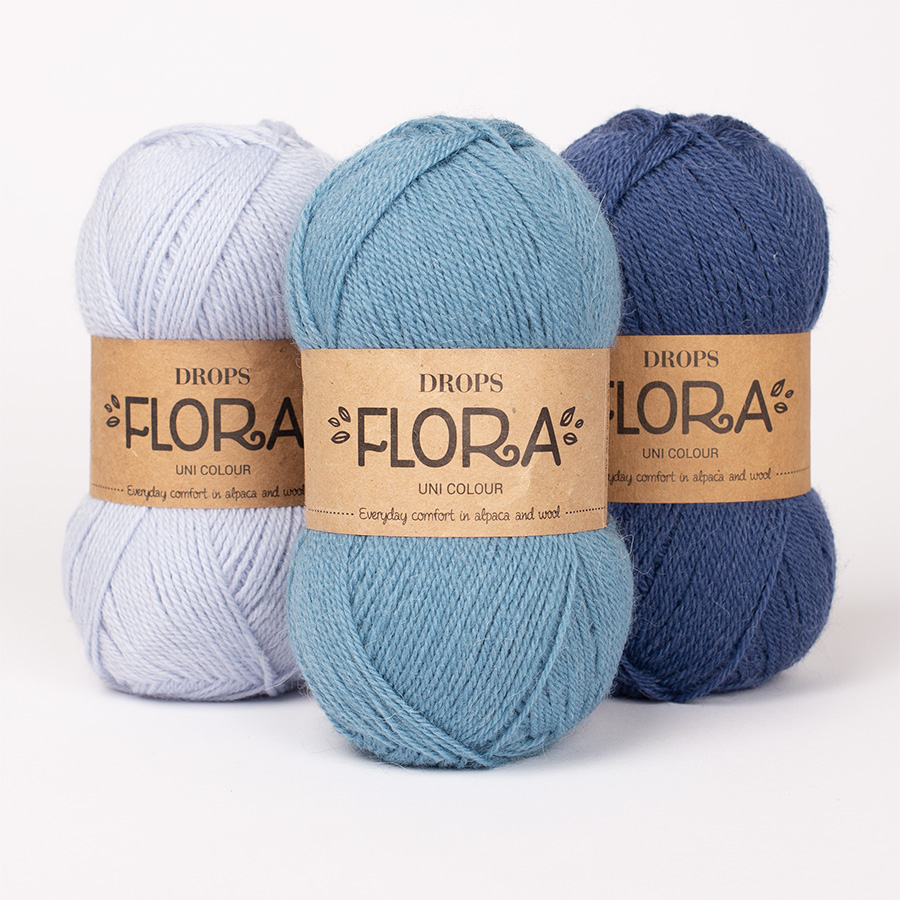
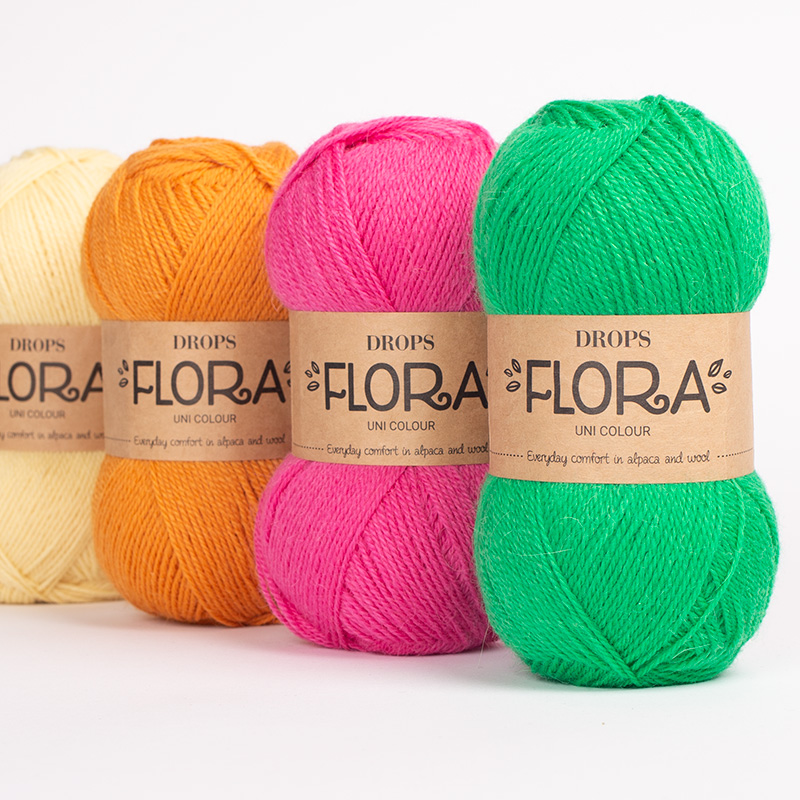
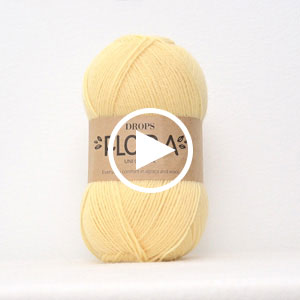





























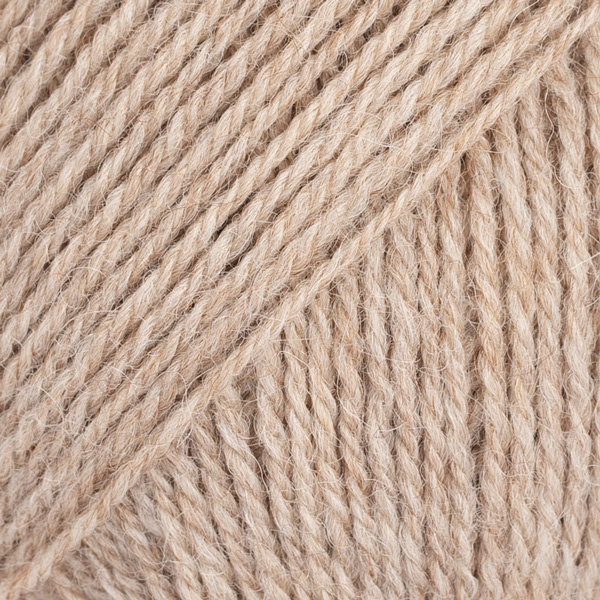
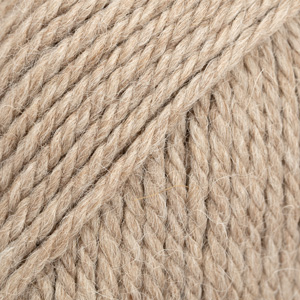

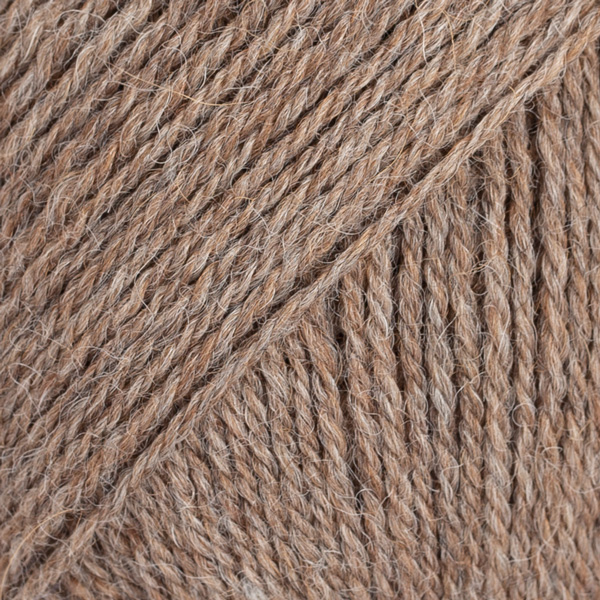
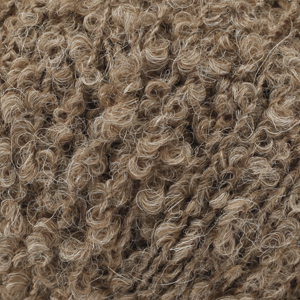










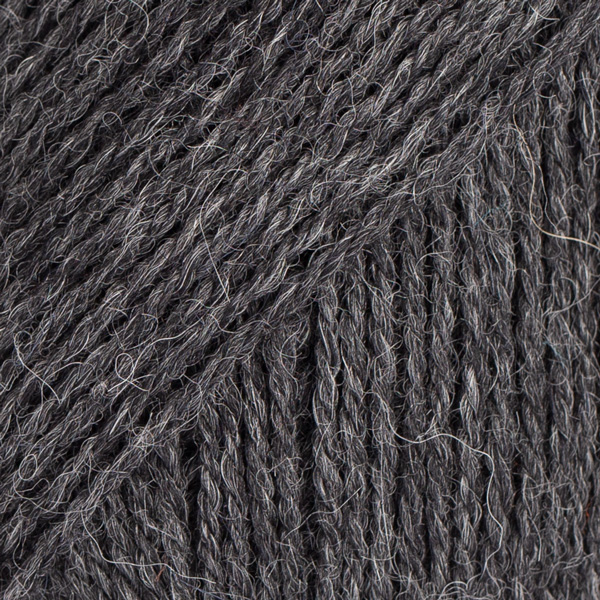

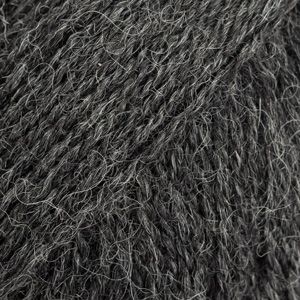






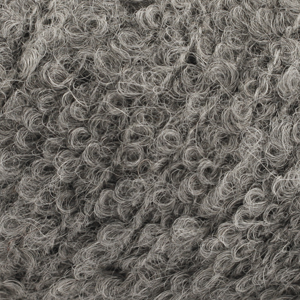








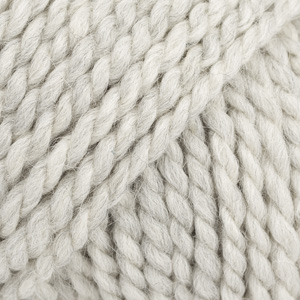













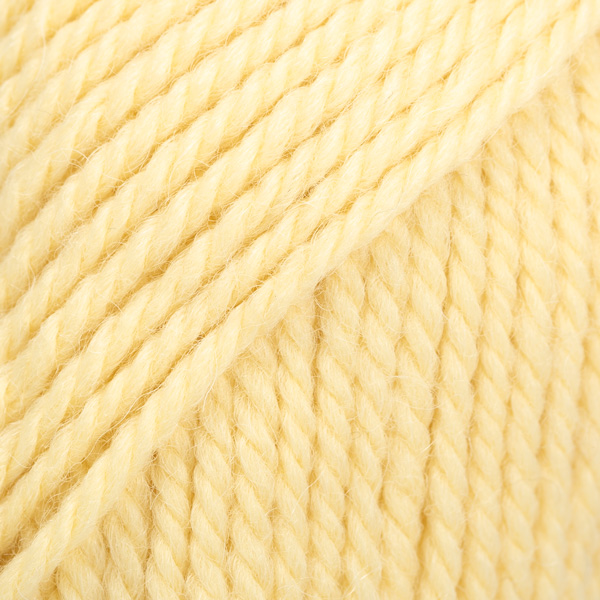















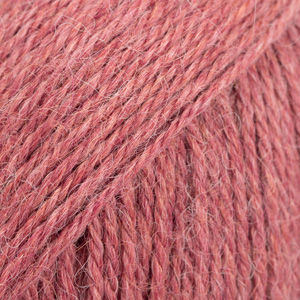











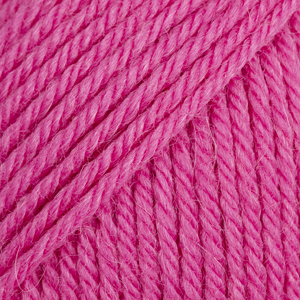




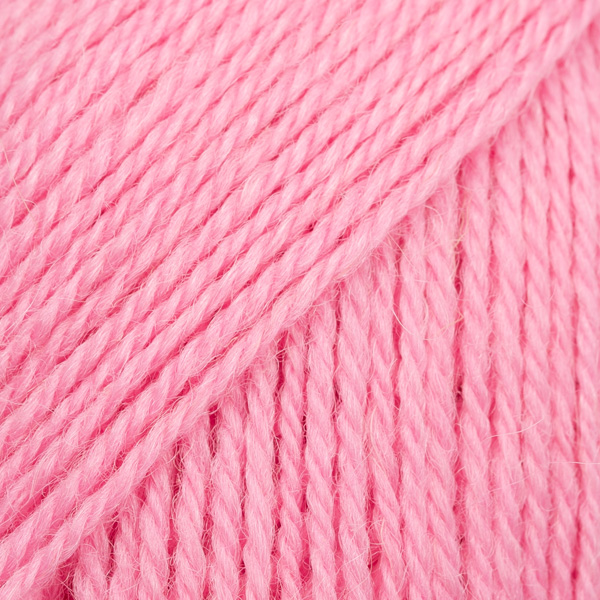






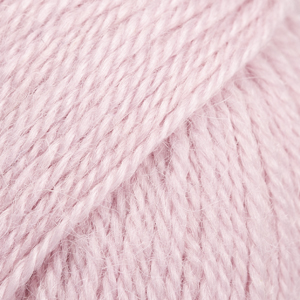







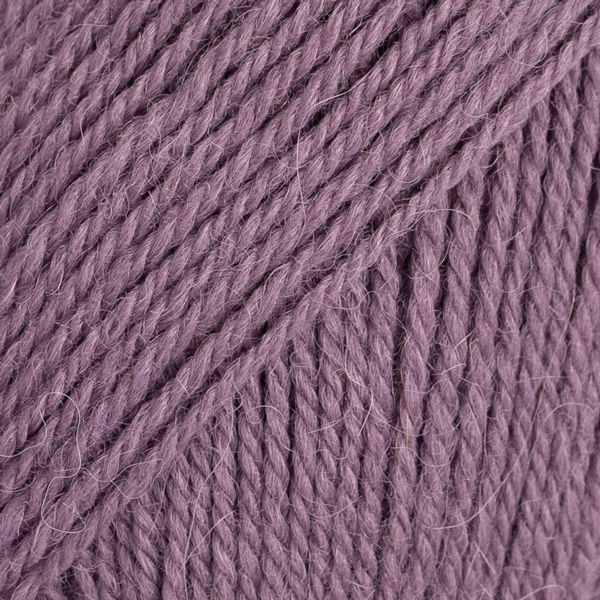


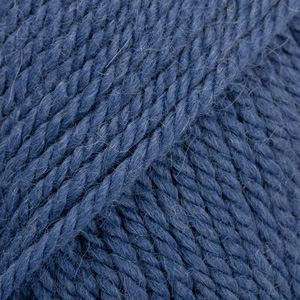

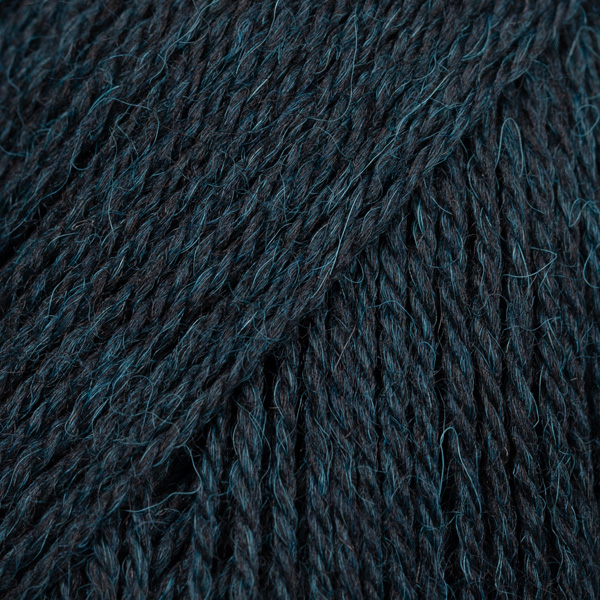















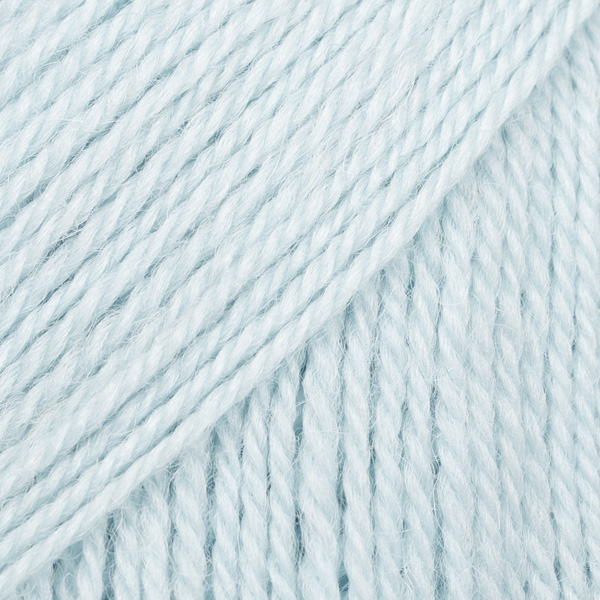






















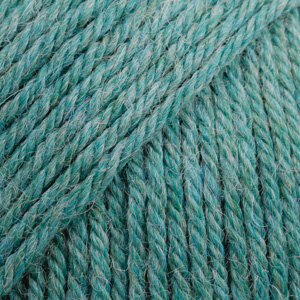






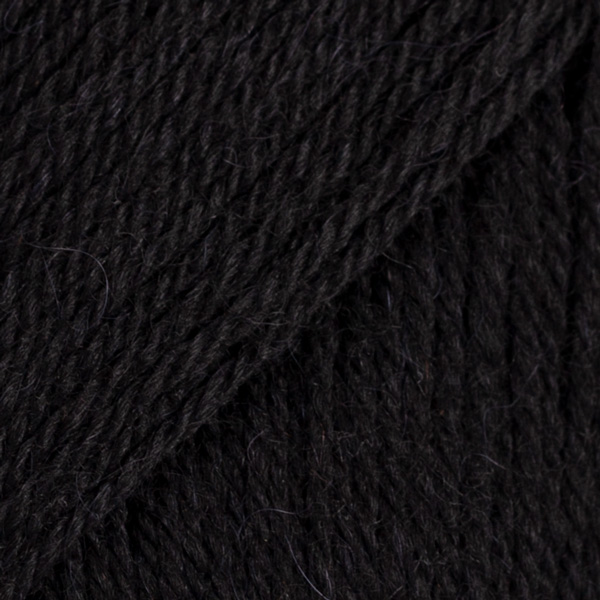

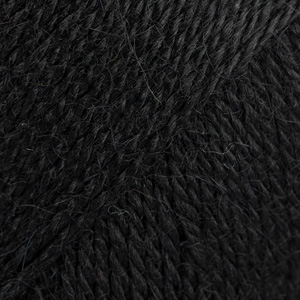















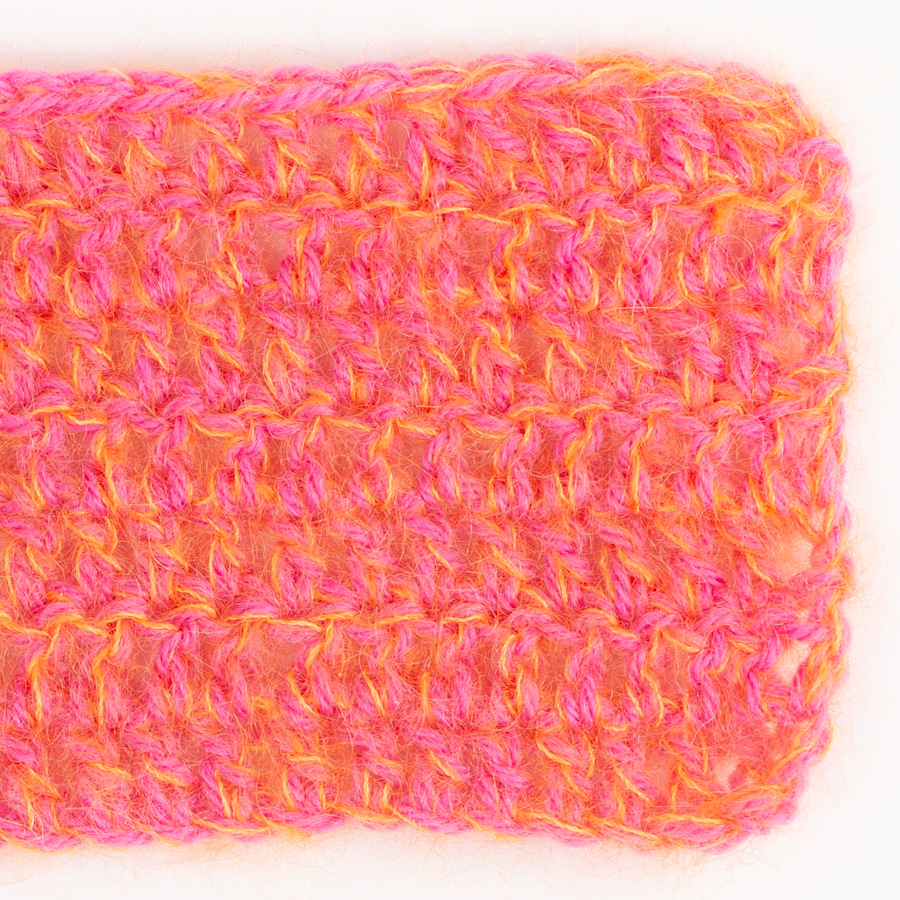

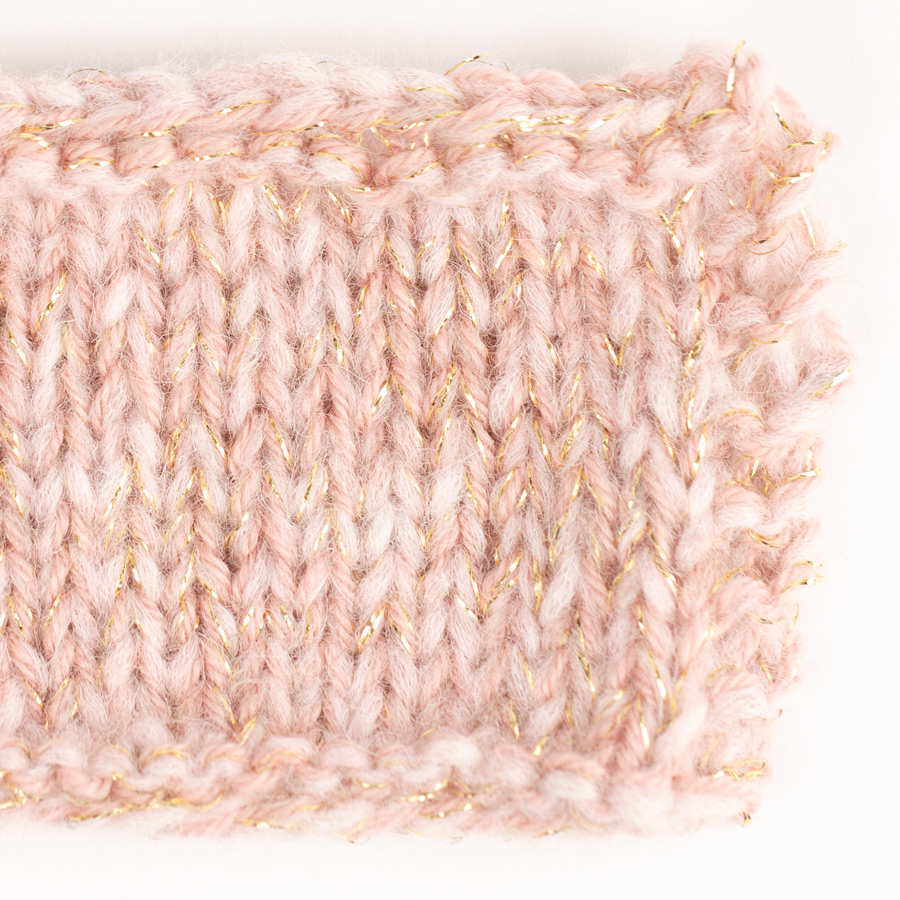
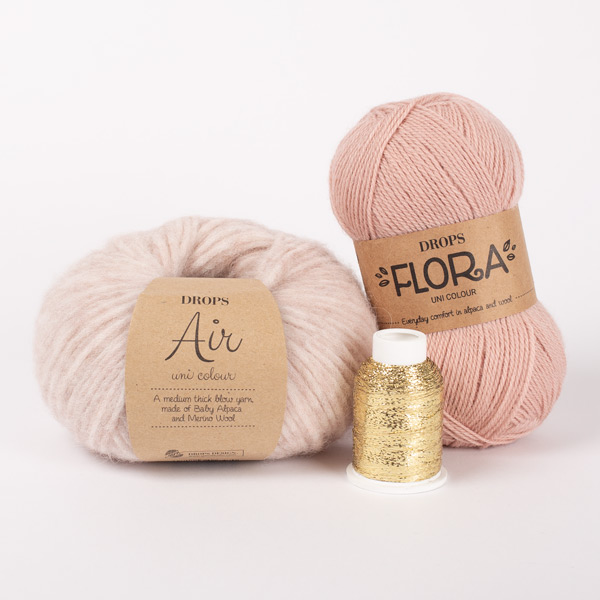
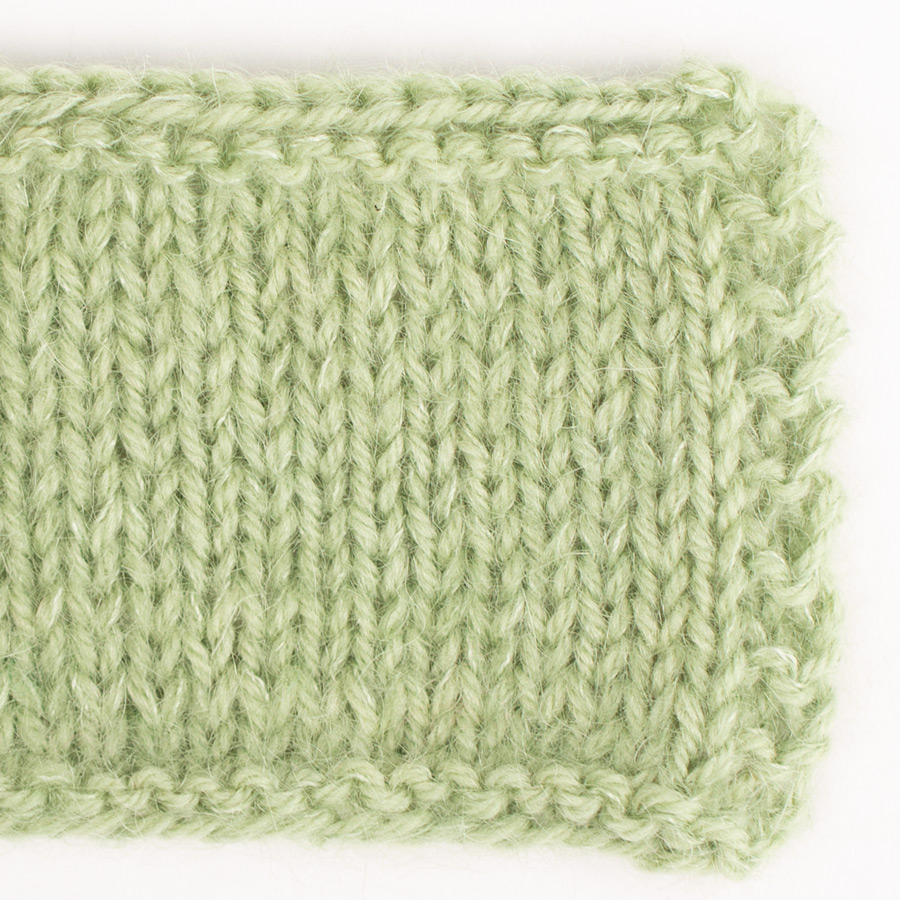
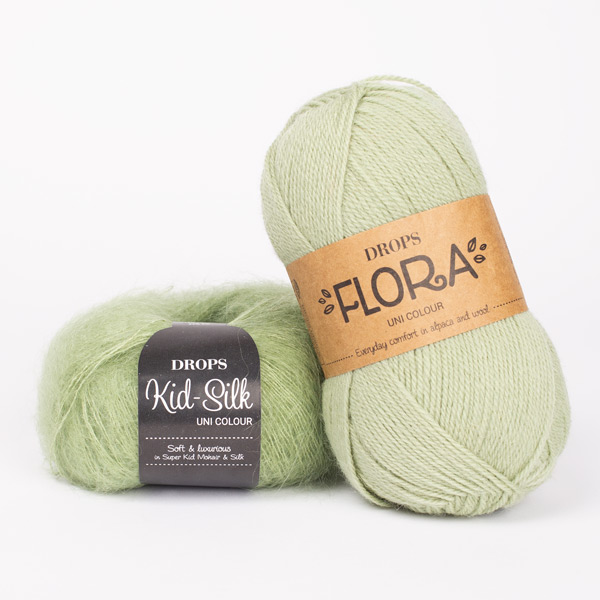
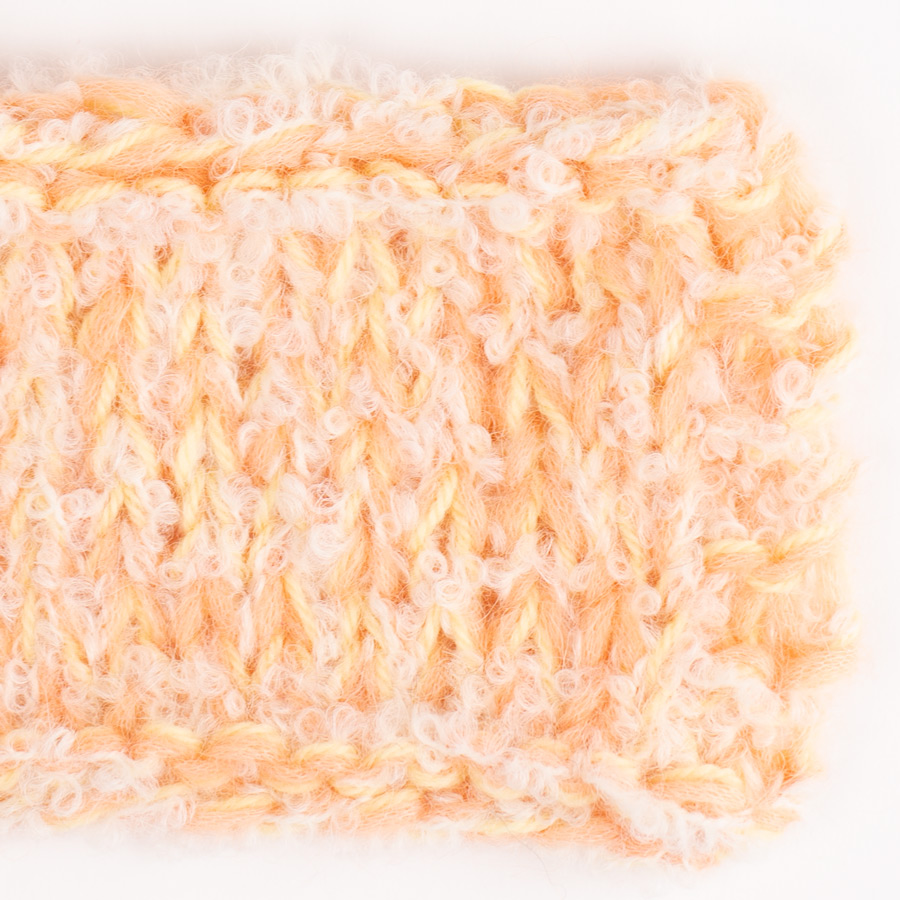
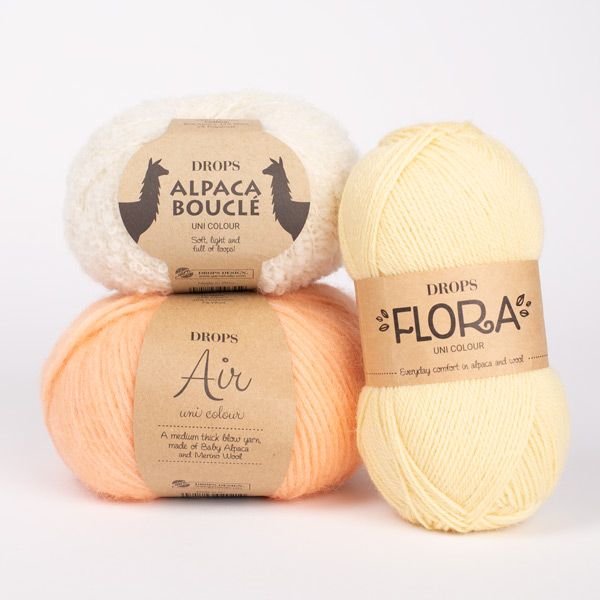
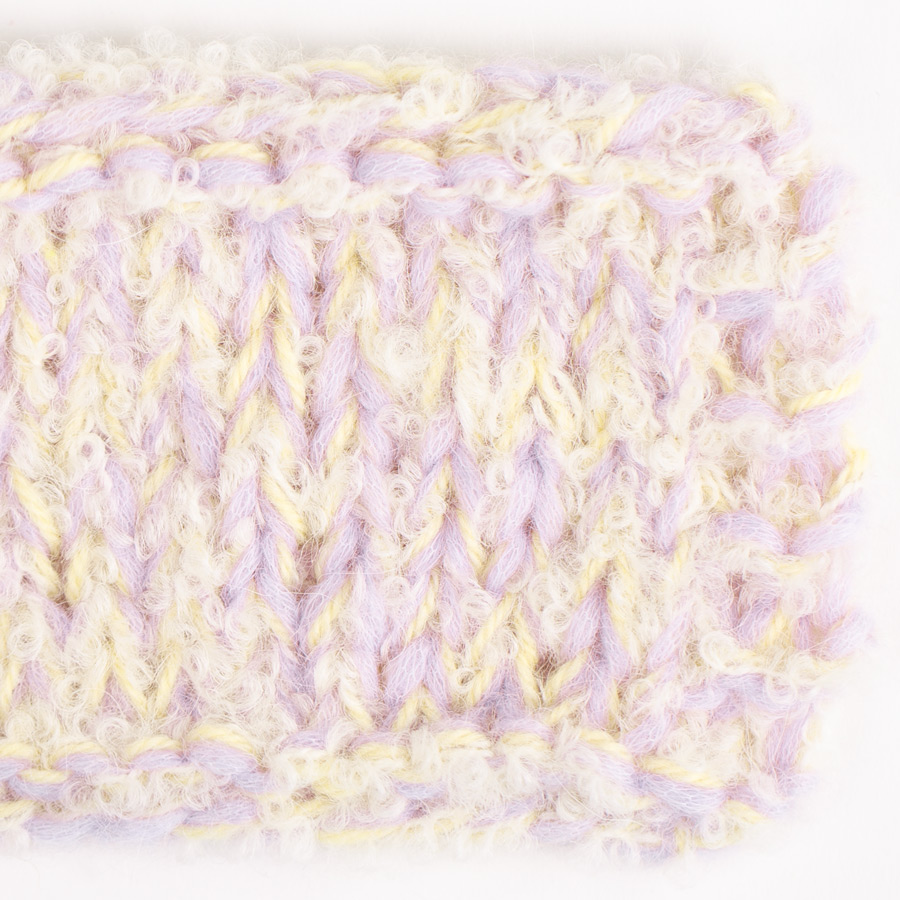
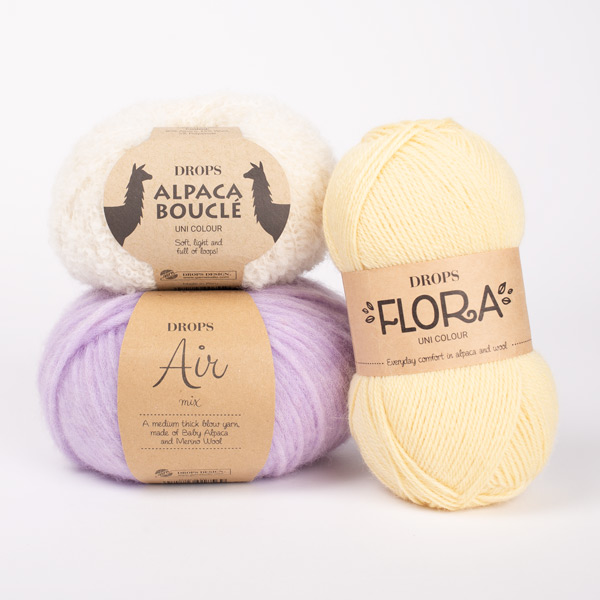

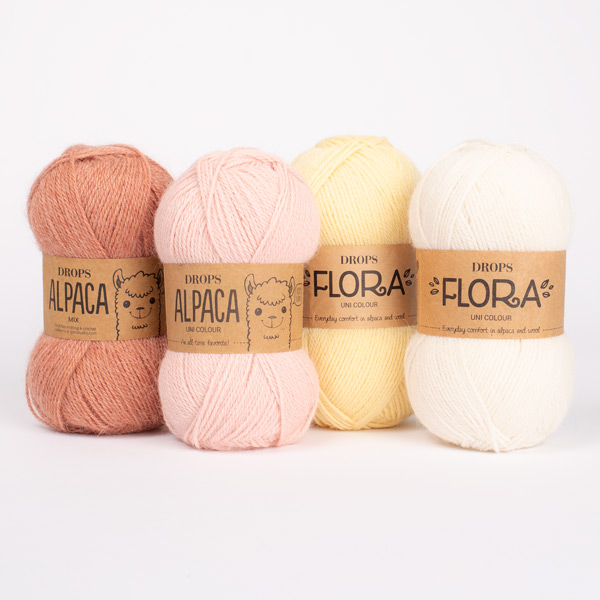
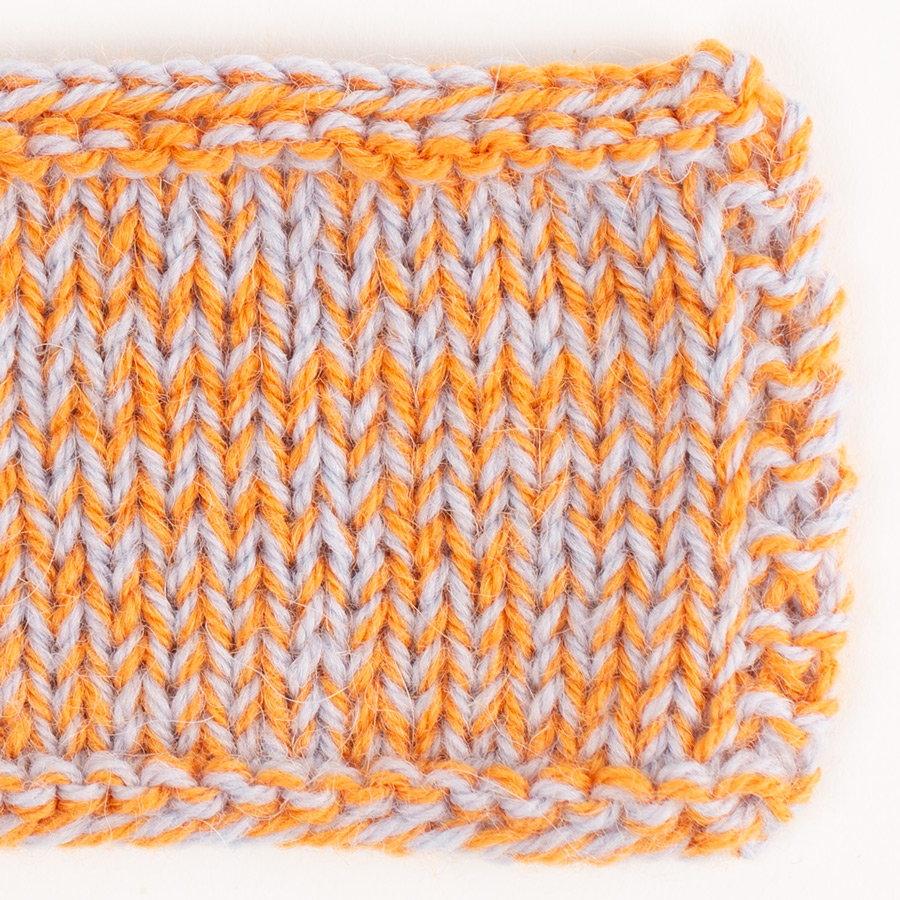
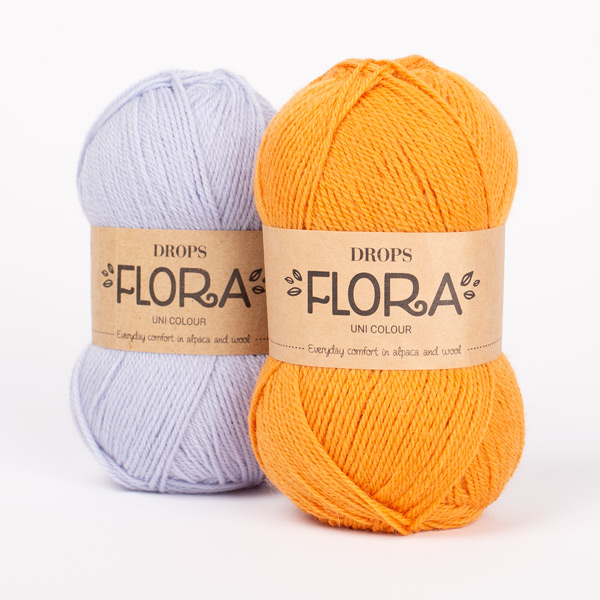
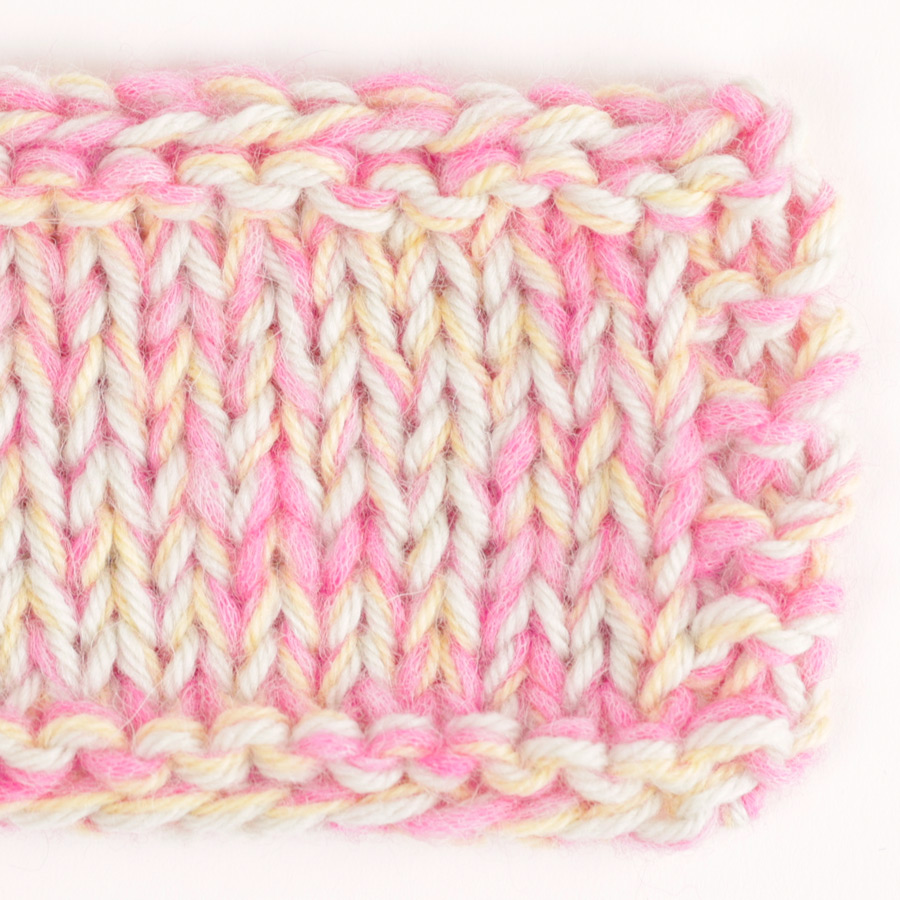
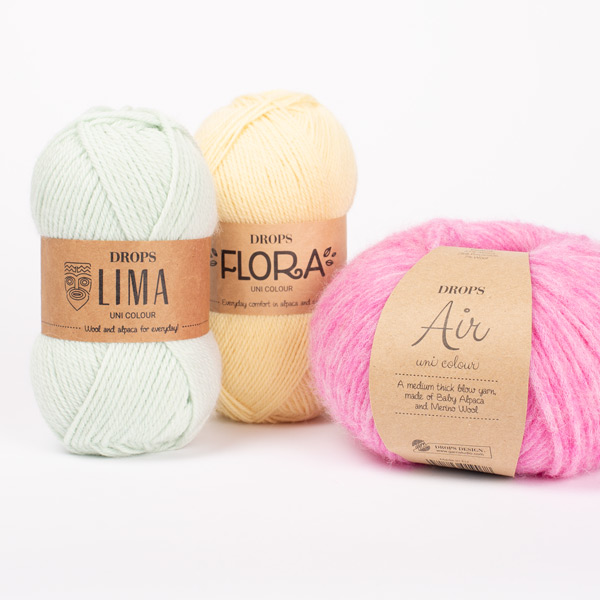








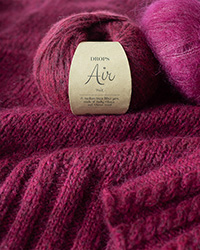
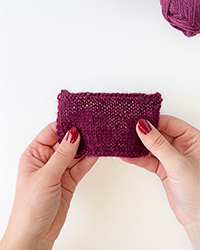

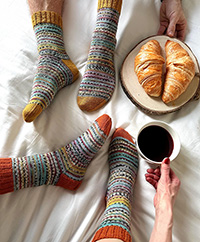
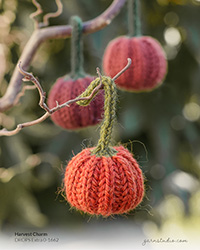

Could I add one more button below these without spoiling the pattern?
15.09.2016 - 12:27